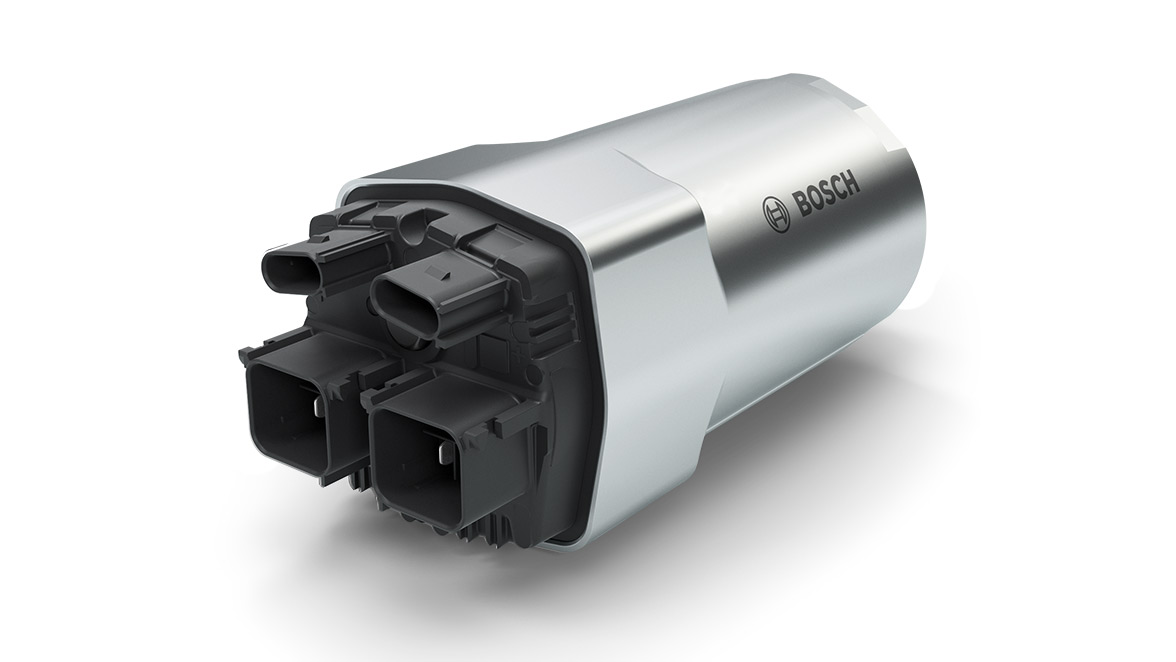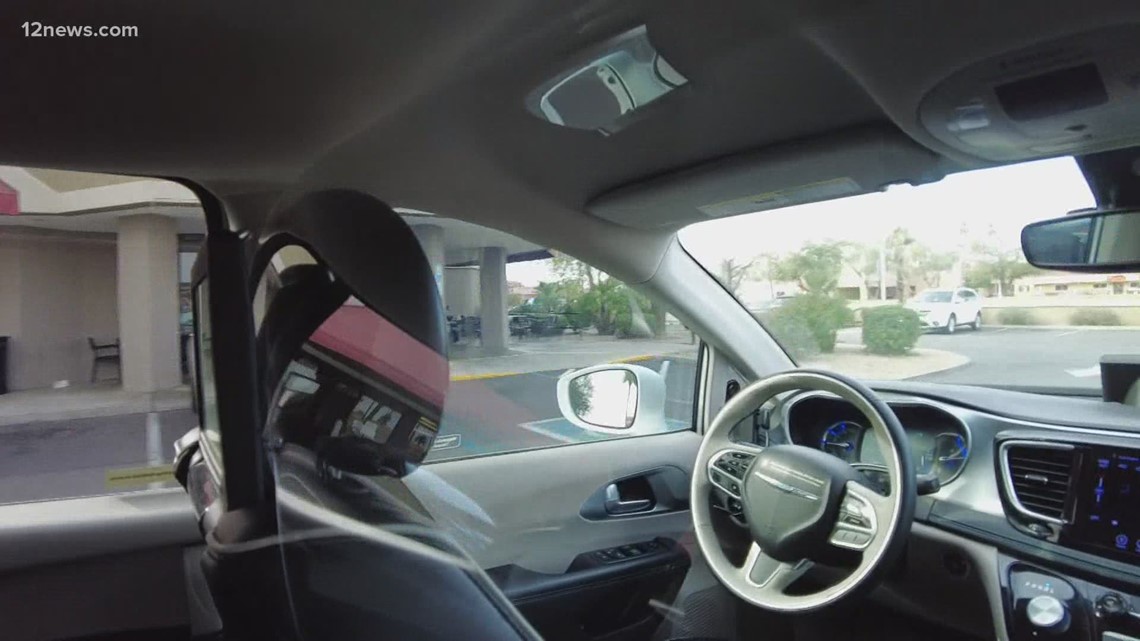Knightshade
Well-Known Member
Really? So if the assist motor fails how does AP steer the car. (Note: It can't.)
It still can operate the brakes though to avoid hitting something.
So again your example sucks.
BTW speaking of the steering motor- did you know there are two independently powered controllers that feed the motor?
FOR REDUNDANCY.

Revealed: Tesla Model 3's secret technology | Autocar Professional
When it comes to Tesla, attention is usually focused on its production struggles, the latest actions of company founder Elon Musk or, from a technology perspective, its pure-electric powertrains. But with the Model 3, the firm is also aiming to pioneer a new approach to chassis and suspension...
Three- phase power steering motor has built-in redundancy.
...The electric power steering system has a rapid 10:1 ratio, giving two turns lock-to-lock. The system has full redundancy with separate power feeds taken directly from the high-voltage battery, two electronic control modules and two inverters providing ‘hot backup’ if one fails.
Man- Tesla spent a LOT of money and engineering work on stuff you claim they don't have and never needed!
And if the FSD computer fails the car doesn't become an unguided missile, it would just stop. Just like if the motor fails.
Again- no.
If the drive motor fails the brakes AND steering still work so the car can fail quite safely.
If the driving computer fails it just keeps going in a straight line at full speed until it hits something or eventually stops due to gravity or regen.
Like I said- increasingly desperate arguments from you.
Last edited:




